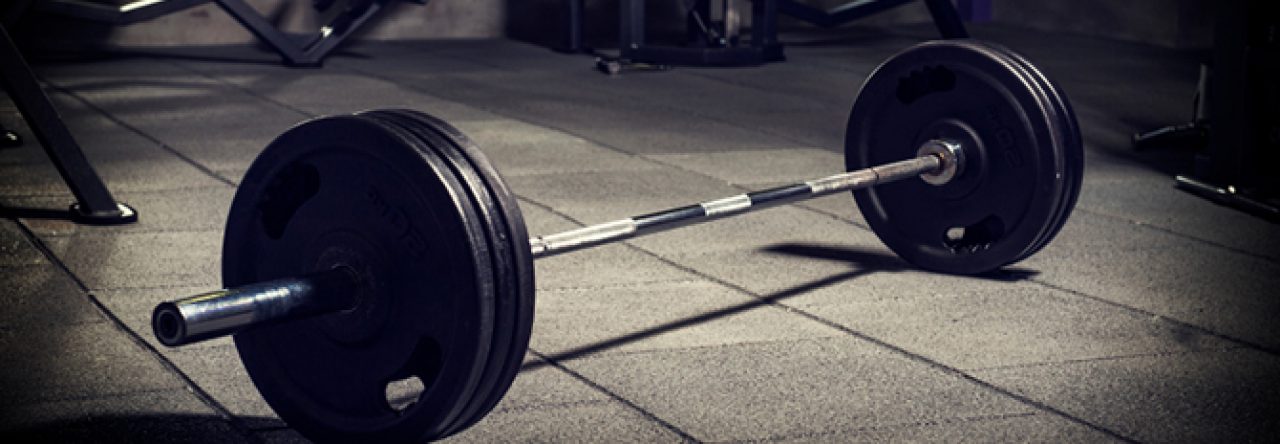Reading Log #1
In Mona Gleason’s article, she discusses the impact that the public health reformation had on indigenous people and children. Gleason focuses primarily in the years between 1890-1930. Although health officials meant well in their interactions with the native community and Asian newcomers they often came across as racist. Health care officials thought there were “unmistakeable connections between Asian newcomers and filth and disease”[1]. What this shows is an inherit superiority that is felt by the health care professionals. In their opinion, their superior knowledge of health and sanitation should be forced upon children and indigenous people in order to make them healthier. These standards were strictly enforced in some schools including one example where a principle “turned the hose on him”[2] while the child screamed “’You’re killing me, you’re killing me’”. Although this example is extreme and horrifying, the motivations were to make children cleaner and thereby prevent disease such as measles and chicken pox. In Myra Rutherdale’s article, she focuses primarily on the impact that missionaries and reformists had on the indigenous communities themselves. Specifically, the process of birthing and bathing. Rutherdale is similar to Gleason in showing specific examples of people who were trying to help the indigenous community but sometimes they did more harm than good. However, this was not always the case some indigenous women accepted the help from Christian missionaries and as a result had a happier and healthier birth. For example, an indigenous woman named Caroline Gibbons refused the help of “’the angakoks and midwives’”[3]. This example shows how some indigenous women accepted the help of Christian missionaries while others like Apphia Awa found her hospital experience “traumatic”[4]. Bathing was also a subject that some children relished and others found utterly terrifying. What both these articles highlight is the fact that the health movement that spread throughout Canada was meant to prevent disease and make a healthier society. However, while this was the case for many people there were many examples of children and women who were traumatized by their experience with this reformation. As a society, the experience that we have had with aboriginals has be strenuous to say the least. Such is the case when looking at the two articles by Gleason and Rutherford. North American society has always been convinced that their ways are superior to those of the indigenous people. While these articles highlight positive change for indigenous people, the way in which it was approached was incorrect. Instead of trying to convert their ideologies into our own, perhaps it would have been more beneficial to start with an understanding of their culture and show the positive outcomes that modern birthing can have. Similarly, it would be intelligent to show the positive effects a bath has on personal hygiene and health. These articles reflect the values and interactions between two different cultures. It is also a valuable insight into the complex history of health in the early twentieth century.
[1] Mona Gleason, “School Medical Inspection and ‘Healthy’ Children in British Columbia,” Children’s Health Issues in Historical Perspective (2005): 287.
[2] Marlatt and Itter, eds., Opening Doors, 94.
[3] Myra Rutherdale “Children, Health and Hygiene in Northern Canadian Communities,” Children’s Health Issues in Historical Perspective (2005): 307.
[4] Myra Rutherdale “Children, Health and Hygiene in Northern Canadian Communities,” Children’s Health Issues in Historical Perspective (2005): 311.
Bibliography
Gleason, Mona. “School Medical Inspection and ‘Healthy’ Children in British Columbia,” Children’s Health Issues in Historical Perspective (2005): 287-304.
Marlatt and Itter, eds., Opening Doors, 94.
Rutherdale, Maya. “Children, Health and Hygiene in Northern Canadian Communities,” Children’s Health Issues in Historical Perspective (2005): 305-332.

Leave a Reply